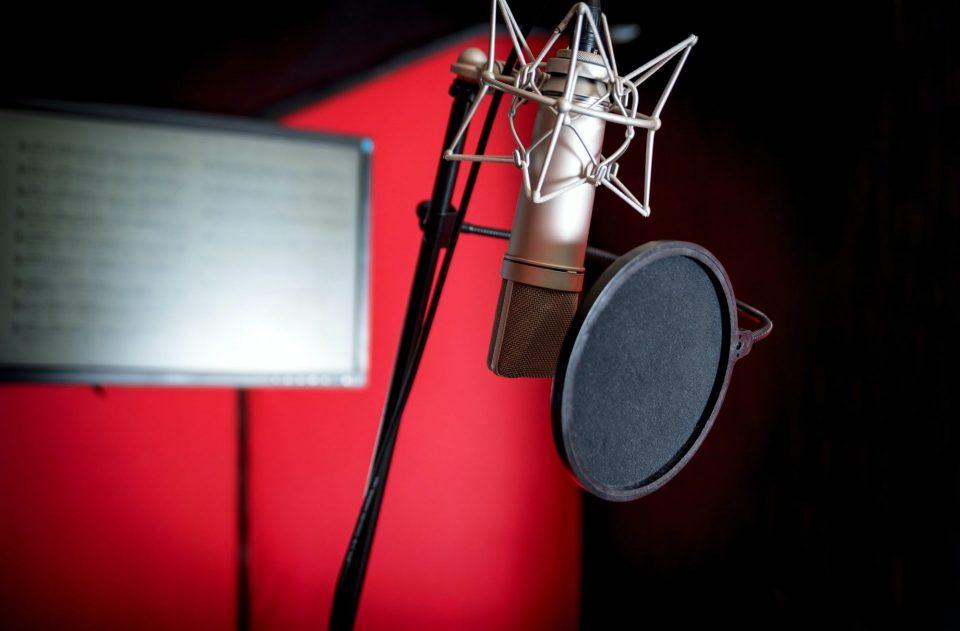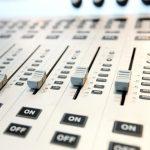You finally have finished recording your piece, front to back and think that you are ready to mix everything. But, before you start, you notice that there is one little glitch right in the middle. Before you start over again or start to give up with your song, find the tools that will work so that you can get the recording right.
Software that is designed in the recording is always designed with the human element in mind. This means that you can play the instrument the way you best know-how and then create a way to get the exact sound you want later. While you want to be exact while you record, you can be somewhat merciful knowing that this sometimes doesn’t happen, then find the right tools to put it back together again.
One of the greatest software tools that can be used is punch-ins. This allows you to flag a certain area that you want to re-do. You will be able to go back a certain number of seconds and replay. You will then move into the area that needs re-done and record over what was already recorded. You will be able to continue to play afterward to fade back out and put everything together right.
With this option, you want to make sure that you can put all of the sound waves next to each other. With some programs, the punch-ins will slightly divide once starting. Giving yourself enough room to prepare for the punch, and creating a seamless tie together of the two will help you put everything together.
Once you have all of the instrumentation exactly right, you can start putting in the right sounds. This is often called the pre-mixing stage and is used to make your instrumentation have the right effects and resonance within your instrument. You always want to do this before you reach the mixing stage, as it will often make a difference in the volume and how the instrument mixes with other instruments.
The pre-mixing stage will always begin with the normalization process. This is simply taking the setting of the waves and making it so that it peaks out in both ends. When you normalize something, the frequencies will go up or down. You should see the waves change to reach maximum and minimum peaks at both ends. If you have your volume set correctly, everything will normalize to be around the same peaks, allowing you to mix the sounds easier.
After this, you can set the sound that you want in the end for your instrumentation. This moves into reverb options, flange, effects, fades, and other instrumentation effects that add extra color to your instrumentation. When you do this, you should make sure that you work with what will sound the best with your instrument and how it will change your song’s sounds. Once you start to hear the right sounds for your instrumentation, you can preset this part and allow time-saving options when getting ready to mix.
After this stage, you will be ready to start the mixing of instruments. Your check list for the pre-mixing stage is to make sure that your individual instruments have the right sound you want for the entire mix. This starts with the smoothness you will want from the song and moves into the options for getting the sounds that add extra into the mix of your individual instrument.




